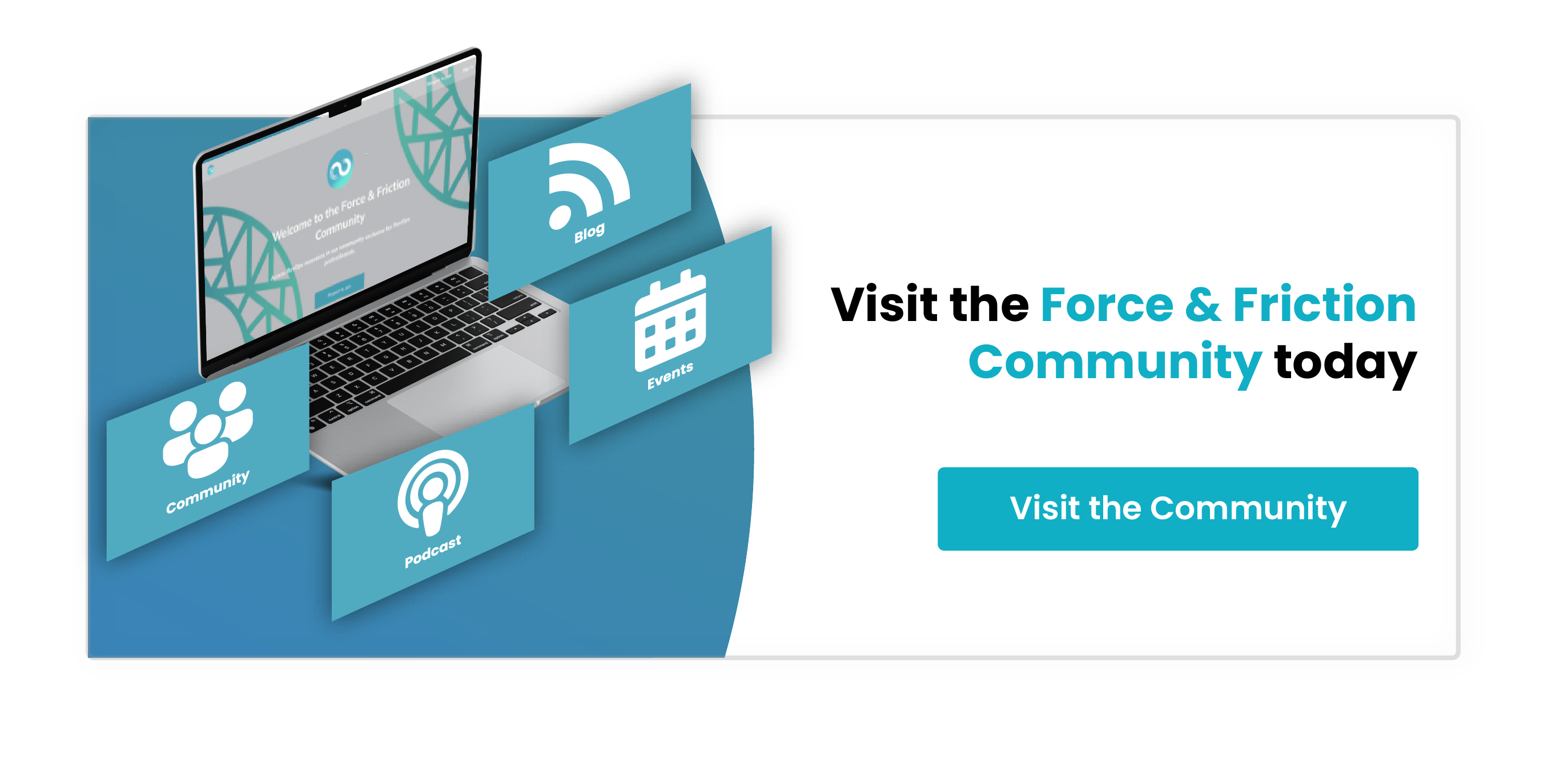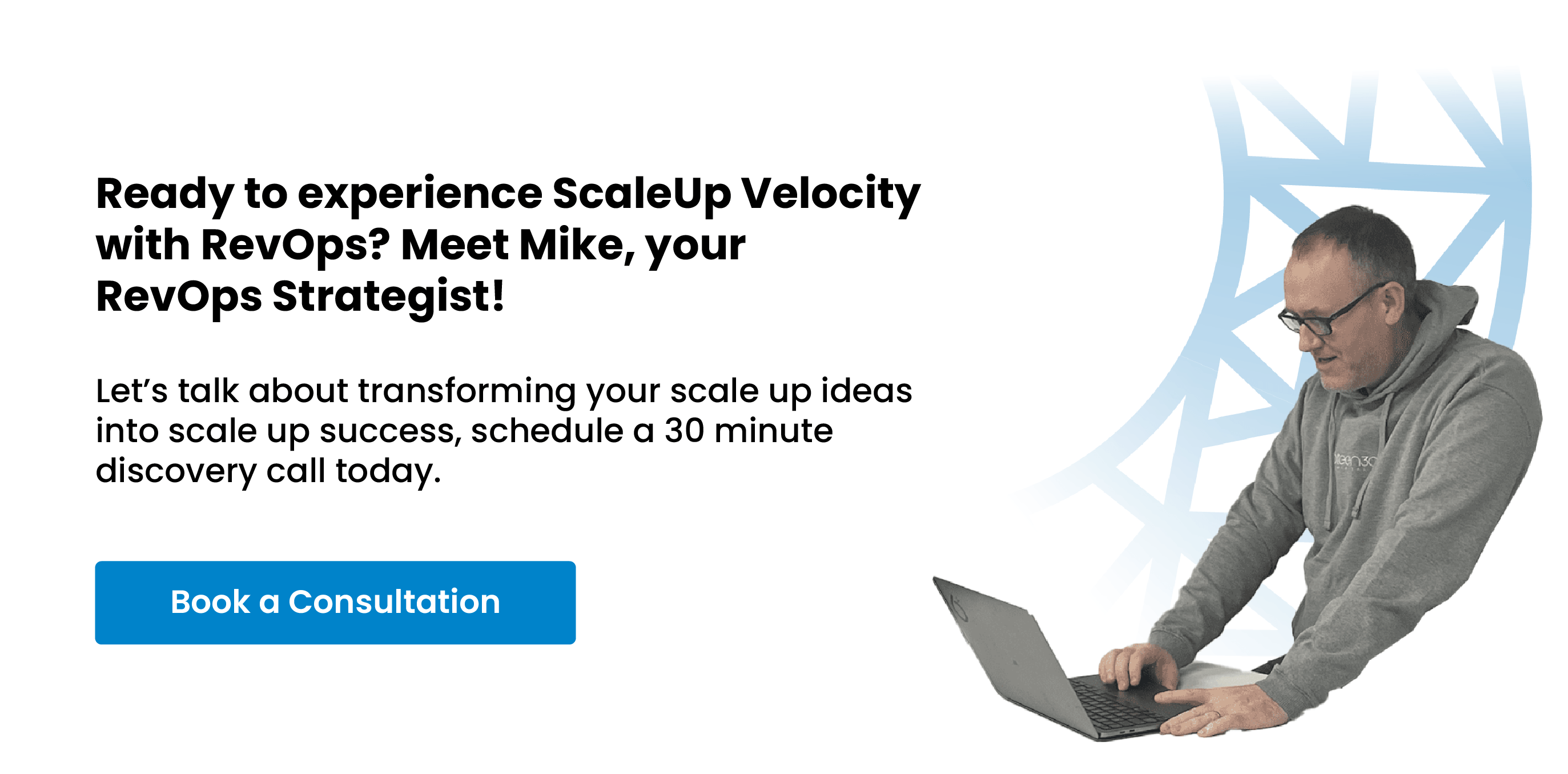
Mastering the ICP: How Ideal Company Profiles Transform RevOps Success | #RevOpsLife
As a RevOps Strategist, I cannot emphasize enough the significance of understanding your Ideal Client or Company Profile (ICP) in any successful RevOps strategy.
Contrary to a persona, which focuses on individuals in the organization, the ICP zeroes in on the company that the persona works for
In this #RevOpsLife series article, I explore the importance of creating and refining your ICP and the role it plays in driving marketing and sales alignment.
Here are some key components of an Ideal Client Company Profile you should consider:
1: Geographical Location:
I recommend you start by determining the regions, countries, or cities where your ideal clients operate. This information is crucial for tailoring your marketing efforts and sales approach.
Consider the following:
-
Assess your ideal client persona's geographical location by considering their base, relevant climate or terrain, and potential cultural or language barriers to tailor your marketing strategies and messaging.
-
Keep in mind internet access, legal or regulatory considerations, and logistical challenges to optimize your online presence, ensure compliance, and adapt your fulfillment strategies.
-
Factor in any seasonal or temporal considerations, like different time zones, to adjust marketing and customer support hours, ensuring a seamless customer experience.
2: Demographic Details:
Build out your ICP further by identifying the details that represent your ideal client organizations. These factors play a vital role in segmenting your target market and crafting personalized content.
Consider the following:
-
Evaluate the organizational demographics such as company size, industry, annual revenue, and years in business, all this will help as ingredients to develop a tailored marketing and sales strategy that address the unique needs of your ICP.
-
Consider factors like the type of organization, number of locations, decision-makers' job titles, and employee demographics to refine your marketing and sales materials and align with the organization's workforce,this also feed into research when creating you personas after your ICP’s are created.
-
Analyze market positioning, growth stage, and company culture to customize your offerings and approaches, ensuring alignment with the target organization's brand values, customer expectations, and cultural preferences.
3: Organizational Challenges:
Uncover the most pressing problems your ideal client organizations face, which your product or service can help solve. Don’t confuse persona challenges here, be specific and keep it at the organization level, this understanding will enable you to demonstrate value and relevance in your final campaign messaging.
Consider the following:
-
Identify the top 3 challenges and frustrations faced by your ideal client organization to pinpoint the specific problems they are trying to solve and align your solutions accordingly - Imagine being a fly on the wall of the board room, or management meeting - what would they be saying that is holding them back that you can solve?
-
Recognize obstacles, fears, and concerns to better understand potential objections or resistance and proactively address them in your messaging and marketing strategies.
-
Understand the organization's priorities, values, and current solutions to differentiate your product or service from alternatives and align with their most important goals and principles, don’t get pulled into how good your product is, keep it 100% on their organizations challenges.
4: Organizational Pain Points:
Recognize the specific difficulties and frustrations your ideal clients encounter. By addressing these pain points that are associated with your challenges above, you can create more compelling marketing campaigns and sales pitches.
Consider the following:
-
Identify the biggest obstacles, frustrations, and pressing needs for each of the top 3 challenges above that you identified, as well as the consequences of not addressing these pain points and the impact on this organizations ability to succeed with its business operations.
-
Assess past unsuccessful solutions, client expectations for an ideal solution, and the desired outcomes they hope to achieve.
-
Give thoughts to how you can demonstrate that your product or service addresses these pain points, provides value, and overcomes objections or concerns, effectively communicating your value proposition and helping clients achieve their goals.
5: Organization Goals and Aspirations:
Understand the aspirations and objectives your ideal clients strive to achieve. Aligning your offerings with their goals will strengthen your value proposition and foster long-term relationships.
Consider the following:
-
Identify your ideal client organizations long-term goals, motivations, and underlying values to align your product or service with their broader aspirations.
-
Position your product or service as a tool that supports their vision and contributes to overall success, while highlighting potential benefits beyond immediate pain points.
-
Focus on building long-term relationships with clients and supporting them as they pursue their goals, emphasizing the importance of effective RevOps strategies in achieving success.
6: Organization Decision-Making Process:
It is essential that you grasp the decision-making dynamics within your ideal clients organization, including the key stakeholders and influencers involved. This insight will assist you in navigating complex sales cycles and closing deals more efficiently.
Consider the following:
-
Identify key decision-makers, their roles and influence, and understand the criteria and factors they prioritize when evaluating potential solutions like yours.
-
Recognize potential barriers to adoption or implementation and determine how clients compare solutions, including their expectations for customer service, support, and ongoing engagement.
-
Adapt to the typical decision-making process timeline, you will be better placed to create assets for each stage, and effectively communicate your value proposition to address objections, differentiating yourself from competitors.
7: Communication Preferences:
Be sure to consider and acknowledge the preferred communication channels and touchpoints for your ideal clients. Catering to these preferences will improve engagement and response rates.
Consider the following:
-
Determine your ideal client's preferred communication channels, frequency, and messaging style, while considering cultural and linguistic factors
-
Identify potential barriers to communication, such as time zone differences or language barriers, and understand their expectations for customer service and support
-
Personalize communication to meet the specific needs and preferences of your ideal client, effectively engaging with them and building stronger relationships over time
Adapting ICPs for Various Products and Services:
Keep in mind that ICPs can differ for each of your product and service offerings.
Even if you cater to a single company that could benefit from multiple solutions you provide, their decision-making criteria may vary for every product or service they acquire, especially when different departmental budgets, decision makers are involved.
All too often I have witnessed clients end up with lost business - especially in larger organizations when the relationship is with one team, and they underestimate the authority or decision making involvement of other teams involved.
To ensure the effectiveness of your marketing and sales initiatives inside your RevOps approach, it's crucial to develop customized ICPs that accurately reflect the unique aspects of each target client organization.
For example, a software company might have different ICPs for their CRM platform, marketing automation software, and customer support tools. Each of these offerings may cater to different segments of the market with varying company sizes, industries, and decision-making processes.
By tailoring ICPs for each offering, you can create targeted marketing campaigns, enable your sales team to be better and ensure your client success teams are champions in support initiatives, ensure you address specific pain points, and demonstrate a deep understanding of the unique challenges faced by each segment, ultimately improving your chances of converting potential clients.
Conclusion:
Creating the perfect ICP is a game-changing move in your RevOps journey.
By focusing on the company profile rather than just personas, you can achieve higher marketing and sales alignment, enabling you to reach and engage with the right clients more effectively.
Ready to revolutionize your RevOps GamePlan? Book a consultation with our experts today and take the first step toward building the perfect ICP for your business.







%20-%20Teal.png?width=500&height=130&name=Force%20%26%20Friction%20-%20Branding%20-%20Logo%20(White)%20-%20Teal.png)